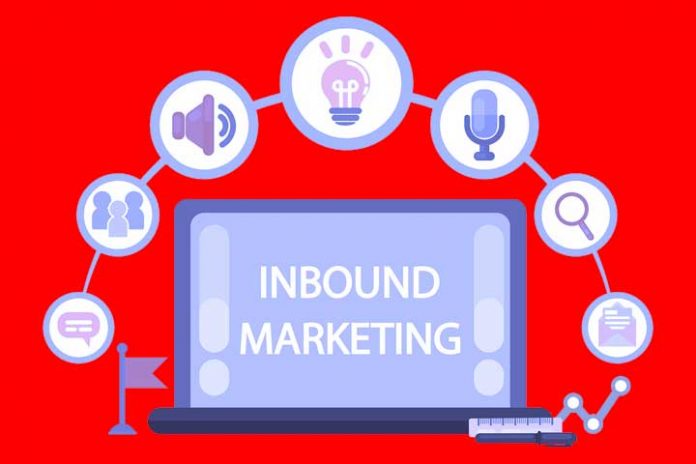You see it every day. Buyers’ behaviour has changed with digital! Today, we no longer accept being interrupted by calls and unwanted emails… In a few years, we went from 4 to 8 attempts before contacting a prospect, but tomorrow 20 will be needed. This development directly impacts the commercial approach of SMEs and mid-cap companies, which must adapt and modernize their commercial prospecting.
Inbound marketing adapts perfectly to the change in buyer behaviour (93% of BtoB buyers look for information on products or services on Google before contacting a company), to the evolution of commercial prospecting where the salesperson can get the prospect directly when he shows proof of interest (67% of salespeople are currently wasting their time in exploration) and in the unbridled competition which forces the company to build a competitive advantage.
Here are seven essential keys that will allow you to meet the new challenges of tomorrow.
Customer-oriented
I systematically respond to the problems of my prospects in the content that I distribute.
Give and take
I bring value to my content to engage my prospects.
Multichannel approach
I have a multichannel approach to providing content over my entire “value chain”, that is to say, that my content is built by campaign and not orphaned and will engage both a visitor who browses my website as well as a participant in a webinar I personalize my engagement scenarios well. Still, I use them on all of my actions: sites, social networks, online conferences, participants in a trade show, prescribers, paid campaigns, etc.
Quality content
I understand that all my actions are sources of intelligent content to feed my inbound marketing campaigns. The more they come from the field, the more I will talk to my targets. For example, a public intervention could be a blog post, a podcast, or even a video.
Manage and coordinate
The tools are only one means, but the technology of the new marketing automation platforms makes it possible to coordinate and manage digital marketing actions successfully. They oblige me to be at the heart of the “prospect experience” of the contact, in his identification, commitment, and transformation into a customer.
Marketing and sales alignment
The inbound marketer must become a bit of a salesperson and a bit of an inbound marketer. The company’s departments must be aligned with common objectives and efficient operations. The sales representatives have a good knowledge of the problems of prospects and customers. It would be a shame to do without!
KPIs, from contact to sales!
A good inbound marketing strategy is built around a funnel that explicitly presents the results of the audience, the conversion rate and the conversion rate with the average customer basket and the gross margin where the turnover is generated. It is a full-fledged “business model” which must also imperatively use CRM tools to facilitate transformation and measure all actions up to the sale.
Therefore, inbound marketing aims to generate qualified prospects through the dissemination of high added value content that informs, educates, and inspires.
If done well, inbound marketing results better than traditional intrusive marketing techniques (advertisements, phone calls, unsolicited marketing emails, etc.).


